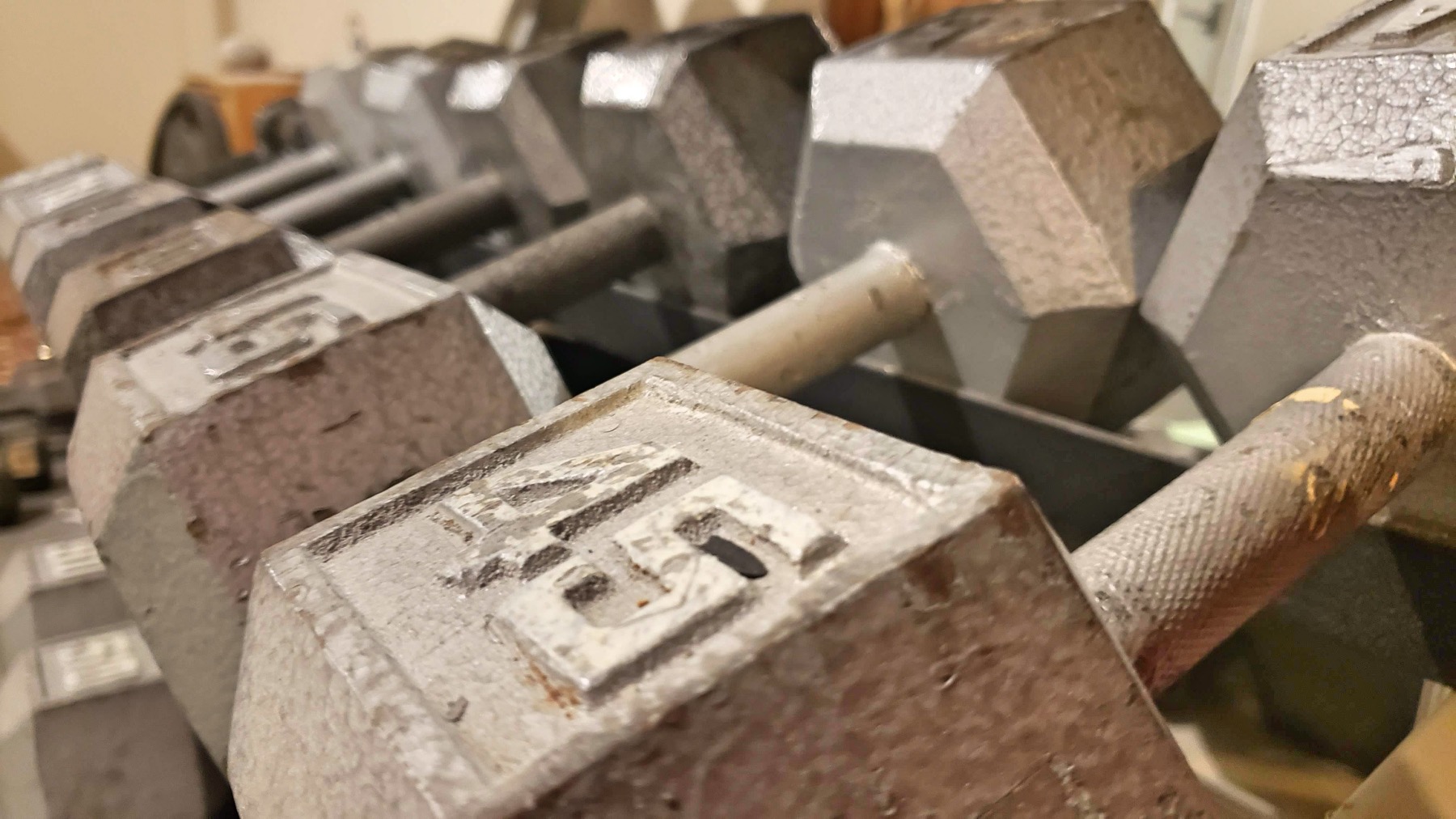This is the workout performed in the video:
- Bench Squat – 210 lbs. (5 sets, 5 reps)
- Bench Press – 135 lbs. (5 sets, 5 reps)
- Barbell Row – 130 lbs. (5 sets, 5 reps)
Form Check
Squats: Bench squats are new for me and I need to work on positioning. I don’t like my hip hinge in this video and I think the bench might be too close. I was especially disappointed in the very last rep of the last set because I dropped down onto the bench with all of my weight instead leaning back and slowly coming down.
Bench Press: I paid much closer attention to where I was lifting the bar this time, because they last time I did bench I caught myself raising the weight close to my head instead of chest.
Barbell Row: I also paid more attention to how far up I was pulling the weight. I tried to pull as close to my body as I could and hold the weight for a second or so to make sure it wasn’t all momentum.
If you have any thoughts on my form or workout, please share. I’m always open to learning more.
Additional Notes
I switched up my routine to do some bench squats instead regular squats for a week, possibly more. I just want to change things up a bit. I wish I had a shorter box to squat to, but the bench is all I have at the moment.
I had a much longer workout planned, but I wasn’t able to finish it because a large gash opened up on my hand right after my last set of barbell rows. I got the cut earlier in the day when a glass desk shattered in my hands while carrying it. I actually did one set of Incline DB press, but I got blood everywhere. I cut that part out of the video 😉
Below are the additional exercices that I had planned to do. I probably should have done some alternate exercises, now that I think about it. I could have done no-weight calf raises for high reps, leg raises on my Captain’s Chair, and crunches in place of the other ab exercises.
- Incline DB Press
- Dips
- Calf Raises
- Hanging Leg Raise
- DB Ab Twist
- Plank
I’m not sure yet if I’ll post all of my videos on my website, but I do post them all on my YouTube channel, if you wanna check ’em out there 😉

